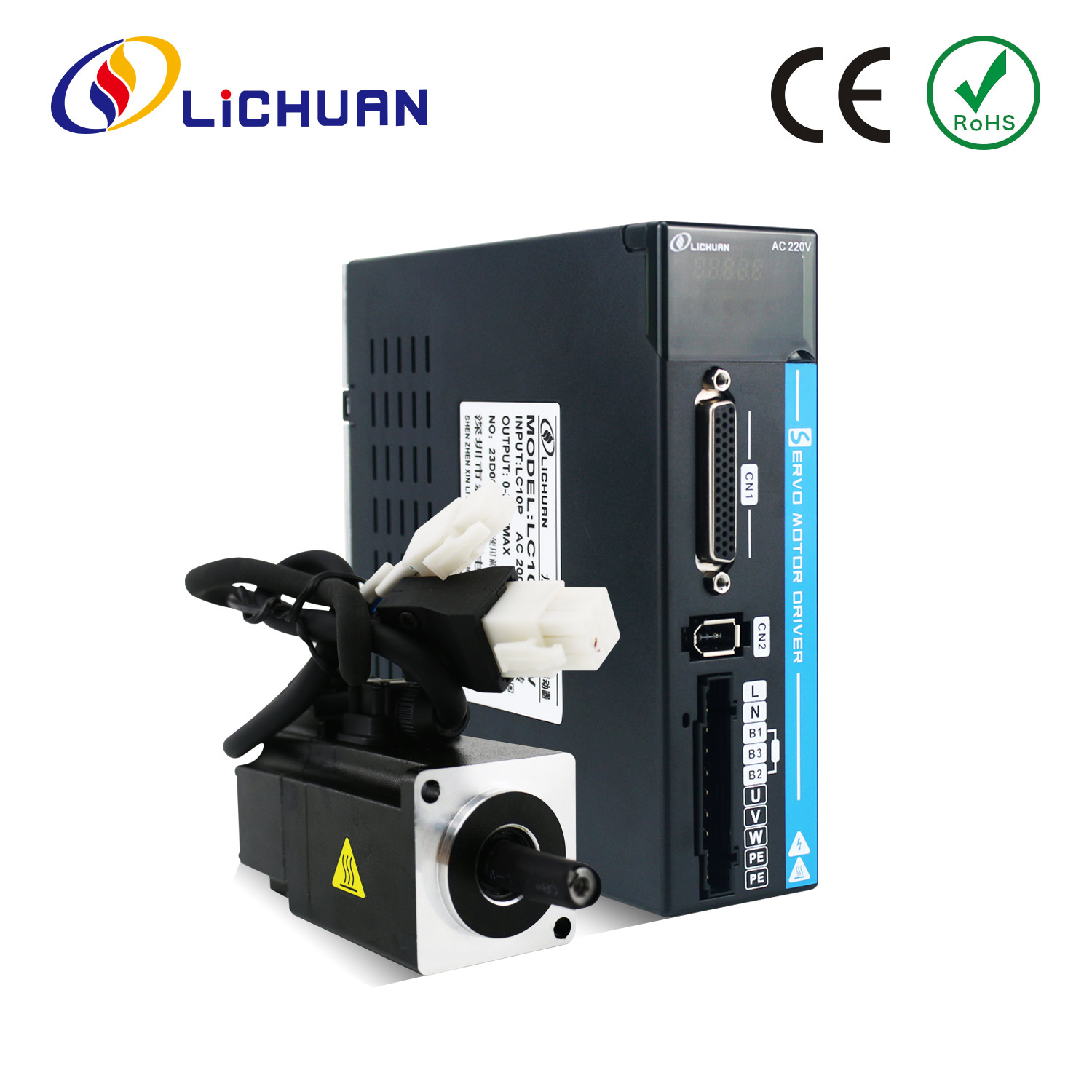Demystifying Motion: How Does an AC Servo Motor Work
2024-05-20
AC servo motors are pivotal in applications requiring precise control of motion, from industrial automation to robotics. These motors are celebrated for their accuracy, efficiency, and reliability. But how do they achieve such high levels of performance? In this blog, we will delve into the inner workings of an AC servo motor, exploring the principles and components that make it a cornerstone of modern motion control systems.
Understanding the Basics
An AC servo motor is an electric motor driven by an alternating current (AC) and designed for precise control of angular or linear position, velocity, and acceleration. It operates within a closed-loop system, which means it continuously receives feedback to adjust and correct its performance. This feedback loop is essential for achieving the high precision that AC servo motors are known for.
Key Components
To understand how an AC servo motor works, we must first look at its key components:
1. Stator: The stationary part of the motor that contains the windings.
2. Rotor: The rotating part of the motor, typically equipped with permanent magnets or windings.
3. Feedback Device (Encoder/Resolver): Provides real-time data on the motor’s position and speed.
4. Drive (Servo Drive or Amplifier): Powers the motor and converts control signals into the appropriate voltage and current.
5. Controller: Processes input commands and sends precise control signals to the drive.
6. Power Supply: Provides the necessary electrical power to the motor system.
The Working Principle
The operation of an AC servo motor can be broken down into several key steps:
1. Command Input
The process begins with a command input from a controller, which specifies the desired position, speed, or torque. This command can come from a user interface, a computer program, or another control system.
2. Signal Processing
The controller processes the input command and sends corresponding signals to the servo drive. The drive, in turn, adjusts the power supply to the motor based on these signals.
3. Power Adjustment
The drive converts the control signals into the appropriate AC voltage and current levels needed to power the motor. This involves modulation techniques such as Pulse Width Modulation (PWM) to precisely control the motor's performance.
4. Rotor Movement
As the AC power is supplied to the stator windings, it creates a rotating magnetic field. This field interacts with the rotor, causing it to turn. In a synchronous AC servo motor, the rotor is equipped with permanent magnets, and it rotates synchronously with the magnetic field. In an induction AC servo motor, the rotor has windings, and the magnetic field induces a current in these windings, causing the rotor to turn.
5. Feedback Loop
The feedback device, typically an encoder or resolver, continuously monitors the motor’s position and speed. This device generates signals that represent the current state of the motor.
6. Error Correction
The feedback signals are sent back to the controller, which compares them to the original command input. If there is any discrepancy (error) between the desired and actual positions or speeds, the controller adjusts the control signals accordingly. This continuous feedback loop ensures precise control and correction of the motor's performance.
Precision and Stability
One of the standout features of AC servo motors is their ability to achieve and maintain high levels of precision and stability. This is due to the closed-loop control system, which constantly monitors and adjusts the motor’s operation. The high resolution of encoders and the sophisticated algorithms used in modern controllers contribute to the
remarkable accuracy of these motors.
Conclusion
The operation of an AC servo motor involves a sophisticated interplay of components and processes, all designed to achieve precise control of motion. By understanding how these motors work, from the generation of the rotating magnetic field to the continuous feedback loop that ensures accuracy, we can appreciate why they are so integral to modern automation and precision applications. Whether in robotics, manufacturing, or aerospace, AC servo motors continue to drive advancements and efficiency in a myriad of industries.



